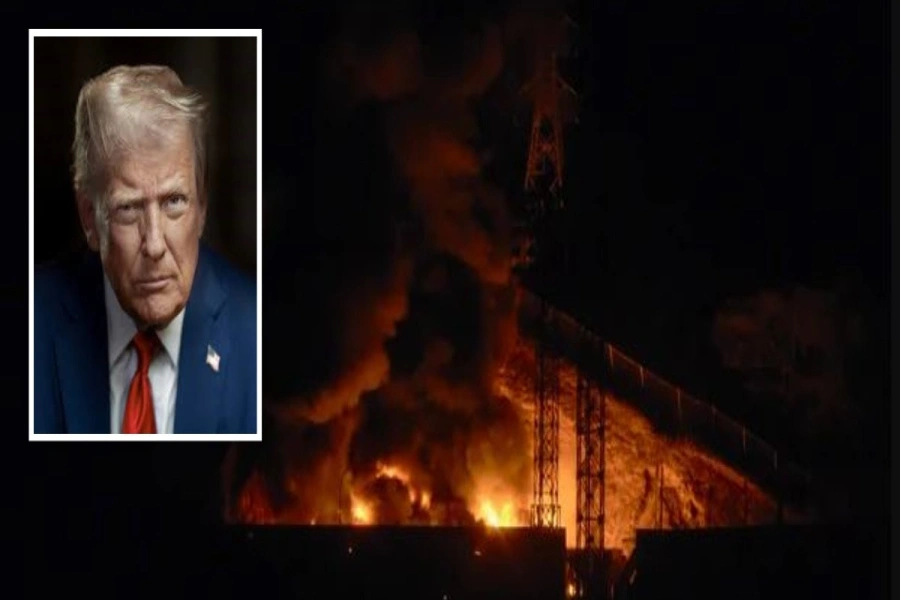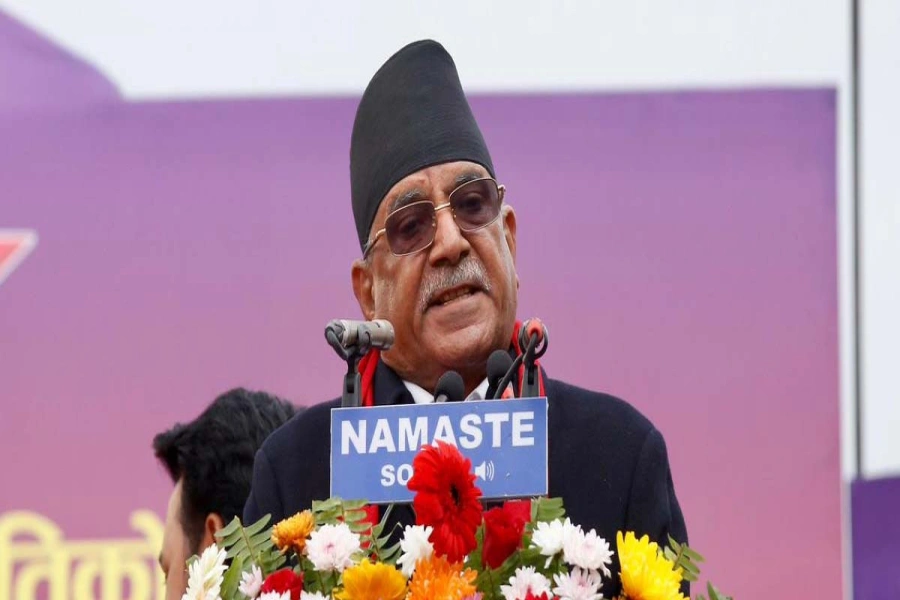Climate change is a battle that Nepal is losing. There are studies that suggest that the recent fluctuations in monsoon, devastating landslides, and adverse weathers have been triggered tremendously by climate change. There are also predictions that the ongoing winter may be even more extreme and harsh, and much like most crises, it will disproportionately affect the underprivileged.
The fact that the Biden administration snubbed Nepal for the Climate Change APEC Summit (“Summit”) held in November this year raised quite a few eyebrows in the Nepali diplomatic sphere. While we are yet to ascertain as to why Nepal was not included in the list, however, now that the Summit has concluded, it is time that Nepal introspected its position in the global battle for climate action and re-formulated its impact against climate change. Notwithstanding the developments in the international sphere and Nepal’s ratification of the Paris Agreement, in this piece, I analyse Nepal’s domestic and internal obligation toward climate action.
Before we begin on how wanting Nepal’s response and policy has been toward climate action, we need to first examine the existence and nature of the obligation Nepal has toward the environment and thereby the people. Despite the Constitution being enacted in 2015 —at a time when the global movement for climate action had been taking place— climate action, climate change or any of its derivatives are not mentioned as such as obligations of the State. The only mention of ‘climate’ is in Article 50(h)(12), under Part 4 of the Directive Principles, Policies and Responsibilities of the State. The said article reads as “Increasing investment in the agricultural sector by making necessary provisions for sustainable productivity, supply, storage and security, while making it easily available with effective distribution of food grains by encouraging food productivity that suits the soil and climate conditions of the country in accordance with the norms of food sovereignty.” Since it is a directive principle, policy and responsibility, it is technically not legally justiciable. Which means that if a petitioner were to present a writ under Article 133 of the Constitution for Nepal’s lack of policy in climate action based on this directive, in most probability it would get quashed as the Supreme Court is largely concerned with only ‘fundamental’ or ‘legal’ rights.
SHIFT for Our Planet: Youths urge authorities to make climate j...

Even more so, the directive itself does not concern climate action holistically. It only concerns climate to the extent of food sovereignty. The only respite for any victim is under Article 30(2) which provides for the right to every victim of environmental pollution to be compensated by pollutants. The wording of both this Sub-Article, however, is reactionary as opposed to enabling. It allows only ‘victims’ to be compensated by pollutants, indicating that pollution may still persist, as long as the victim may be ‘compensated.’ While Article 30(1) is the enabling Sub-Article which provides for ‘the right to live in a healthy and clean environment,’ the ground reality is that it is seldom enforced by the executive and judiciary, at least to the extent of climate action. Whether the wording of the Sub-Article which indicates ‘healthy and clean environment’ comprehensively covers the ongoing (and pre-existing) concerns of climate change is a matter of interpretation. While the Supreme Court has powers under Article 133 for providing ‘full justice’ thereby amplifying ‘healthy environment’ to mean a strong and committed policy response for climate action, such a step remains to be seen.
Climate change is a battle that Nepal is losing. There are studies that suggest that the recent fluctuations in monsoon, devastating landslides, and adverse weathers have been triggered tremendously by climate change. There are also predictions that the ongoing winter may be even more extreme and harsh, and much like most crises, it will disproportionately affect the underprivileged.
I would make a case that a clean and healthy environment must encapsulate climate action on part of the State, at least with the knowledge that we possess about climate change. Nepal’s parliament only very recently in 2019 enacted the Environment Protection Act, and does indeed have amplifying provisions under Chapter-4 on climate change through a planned and detailed action of planning and reporting. Even though there is legislation in place for tackling climate change, and the Constitution does indirectly guarantee it, the State is quiet on its implementation. Citizens and those affected by it, have a constitutional right under Article 133(3) for a writ of mandamus mandating the Council under the Environment Protection Act, 2019 (2076) to take action and it is time that one of us exercised and gave life to that right.











_20240309161133.jpg)























